New Research Reveals Cats Have 276 Different Facial Expressions
Have you ever looked at your cat and thought, "Wow, this creature is remarkably expressive"? Well, it turns out you're not wrong. According to a recent study published in the scientific journal Behavioral Processes, cats have been found to possess a staggering 276 distinct facial expressions.
In their observations of domesticated cats interacting with each other, two American scientists recorded this remarkable diversity in feline facial communication.
In a conversation with CNN, Brittany Florkiewicz, an evolutionary psychologist from Lyon College and co-author of the study, explained that their findings suggest domestication has a significant impact on the development of facial signaling. She elaborated that domesticated cats are generally more socially tolerant than their wild counterparts, likely owing to their proximity to humans. Consequently, the researchers expected to witness expressions both in positive and negative contexts.
However, the researchers were surprised to observe a total of 276 morphologically distinct facial expressions, as reported by CNN. Florkiewicz and Lauren Scott, a medical student at the University of Kansas Medical Center and the study's lead author, proposed that domestication enables more social interactions among cats, leading them to expect a greater range of facial expressions.
To collect data, Scott filmed 53 cats at a local cat café while both researchers were at the University of California, Los Angeles (UCLA) between August 2021 and June 2022. From the 194 minutes of recorded video, she captured 186 feline interactions. The cats were all adult domestic shorthairs, of both sexes, and all neutered or spayed.
Using a specific coding system designed for cats called the Cat Facial Action Coding System, both researchers assessed the differences in facial expressions and noted the number and types of facial muscle movements. While they couldn't assign specific meanings to each recorded expression, Florkiewicz and Scott found that 45.7% of the coded expressions were friendly, whereas 37% were aggressive.
The article detailed that a friendly expression was indicated when the ears and whiskers moved forward while the eyes closed, whereas an aggressive cat exhibited contracted pupils, flattened ears against the head, and a flick of the tongue against the lip.
The study also mentioned that muscle movements associated with biological processes such as breathing and yawning were not included in the analysis. "Our hope is to expand the size of our sample to include cats living in other settings... by observing the facial expressions of cats living in multi-cat households, wild colonies, and so forth," Florkiewicz told CNN.
Furthermore, the researchers highlighted that another goal for the future is to conduct a follow-up study to determine the meanings behind a broader range of expressions exhibited by cats. As this research sheds light on the complex social dynamics of our feline companions, it opens up new avenues for understanding their intricate communication and emotional expressions.
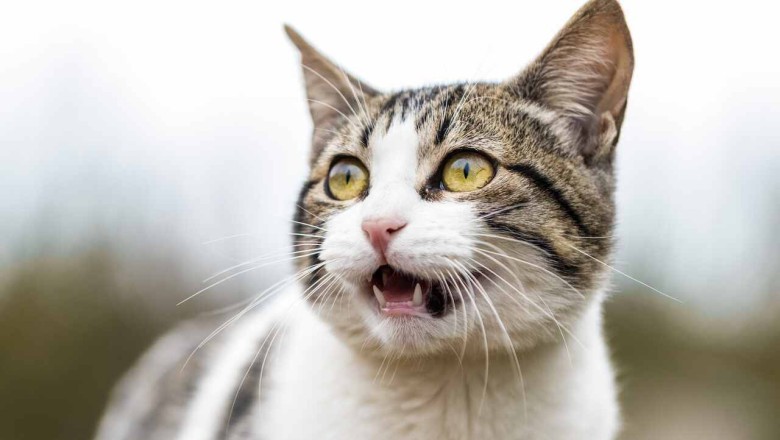


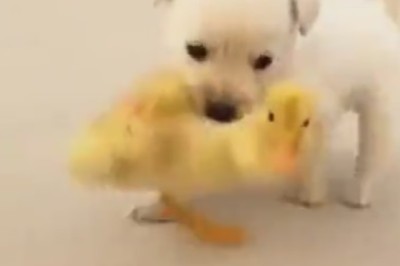
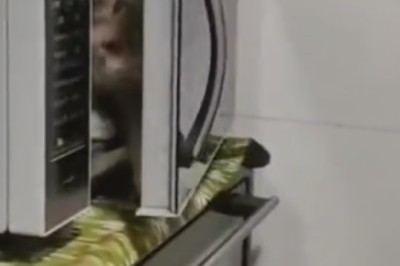

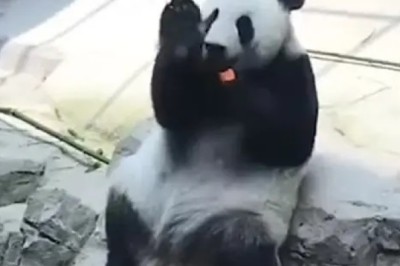

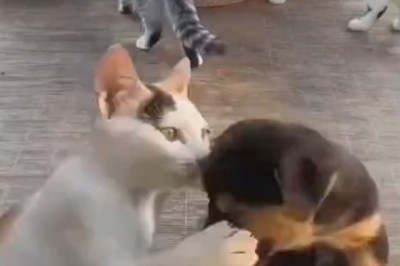
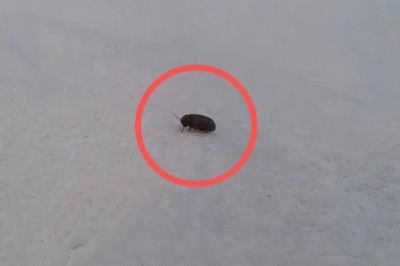
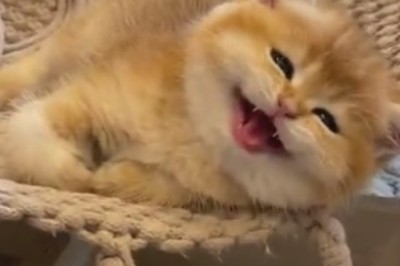


Comments
0 comment